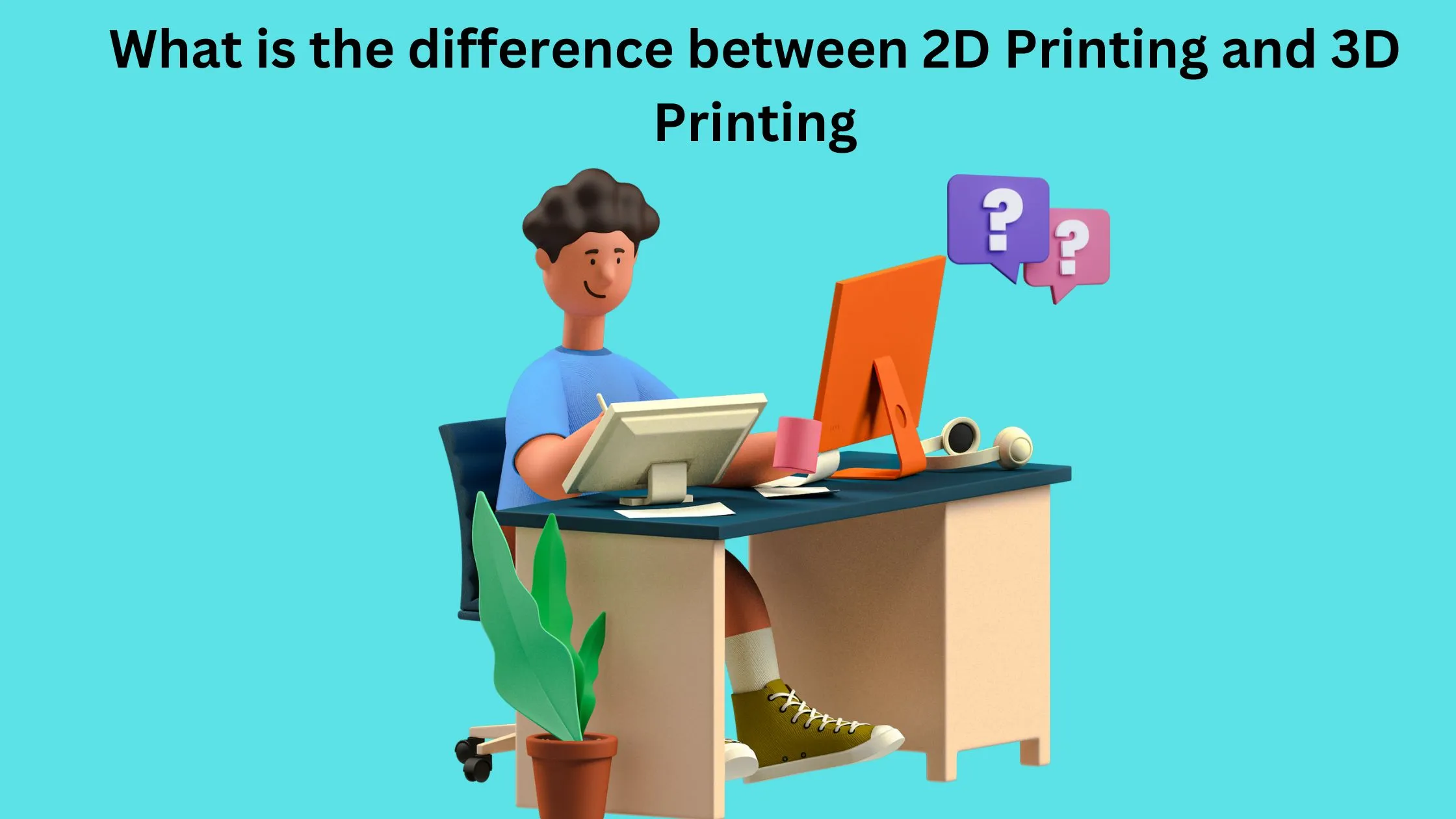The fundamental shift in our perception of printing technologies has led to a rather intriguing conundrum: what exactly separates the traditional realm of 2D printing from the avant-garde domain of 3D printing? This inquiry invites us to delve deeply into the nuances that define each modality, exploring their methodologies, materials, applications, and potential implications for the future. In doing so, we will illuminate the stark contrasts and unexpected similarities between these two prolific printing paradigms.
Defining the Framework: 2D Printing
At its essence, 2D printing refers to the process of producing flat, two-dimensional images on substrates such as paper, fabric, or other materials. Utilizing techniques that range from lithography to inkjet and laser printing, this method primarily relies on applying ink or toner to a surface in such a fashion that it captures a static image. The prints produced are confined to height and width, thus failing to fathom the dimension of depth.
2D printing is characterized by an array of vibrant colors, intricate designs, and the ability to replicate large quantities efficiently. Its common applications range from commercial printing, such as brochures and banners, to everyday uses like photographs and documents. Despite its reliability and longevity, 2D printing is constrained by its inherent limitations, confined within the flatness of its medium.
Exploring the Extravagance: 3D Printing
Conversely, 3D printing, also known as additive manufacturing, transcends the limitations imposed by its two-dimensional counterpart. This innovation constructs three-dimensional objects through the sequential layering of materials, thus introducing depth to the equation. Utilizing a variety of materials, including plastics, metals, ceramics, and even bio-materials, 3D printing facilitates the creation of complex geometries that are often unattainable through traditional manufacturing techniques.
As the name implies, 3D printing encompasses a spatial dimension, allowing for the production of tangible objects that can serve functional, aesthetic, or even theoretical purposes. From prototyping in engineering to bespoke fashion design and even the production of intricate medical implants, the expansive applications of 3D printing illustrate its versatility and profound transformational impact.
Contrasting Methodologies: The Processes Unveiled
The methodologies employed in these two forms of printing markedly differ not only in execution but also in their underlying philosophies. 2D printing adopts a subtractive approach, where an image is rendered onto a pre-existing surface. The mechanics often involve the expulsion of ink from nozzles or the pressing of ink onto the substrate, resulting in a non-faceted output that is a mere illusion of depth.
In stark contrast, 3D printing embraces an additive manufacturing philosophy. This technique involves the progressive aggregation of material, building layer upon layer to realize complex structures. The most prevalent types of 3D printing—such as Fused Deposition Modeling (FDM), Stereolithography (SLA), and Selective Laser Sintering (SLS)—represent this shift from two-dimensional replication to three-dimensional construct. Each corresponding technology relies upon distinct principles in melting, curing, or fusing materials, showcasing a variety of dimensional capabilities.
Material Matters: A Diverse Palette of Choices
In terms of material usage, 2D printing traditionally utilizes inks or toners formulated for particular applications, each characterized by their opacity, viscosity, and adhesion properties. The choice of substrate—be it photographic paper or vinyl—greatly influences the final product quality. However, this selection remains rather limited in comparison to the vast array of materials available for 3D printing.
The latter employs a plethora of materials, ranging from thermoplastics to metals, ceramics, and biocompatible substances. The remarkable versatility of 3D printing allows for innovations such as customized medical devices tailored to the unique anatomical needs of patients, as well as the exploration of sustainable materials aimed at reducing environmental impacts. This multiplicity of options presents both opportunities and challenges as one navigates the implications of material selection in the context of sustainability and performance.
Applications: Divergent Paths and Convergence
The applications for both printing technologies provide a landscape of opportunities shaped by their distinct capabilities. 2D printing continues to dominate industries with demands for reproduction, such as marketing, education, and publishing. Its efficiency in mass production, coupled with established practices, renders it indispensable in the dissemination of information and creative expression.
Meanwhile, 3D printing occupies a transformative role across various sectors, including aerospace, healthcare, automotive, and fashion. Its aptitude for quick prototyping accelerates the design process, fostering innovation that was previously impeded by traditional manufacturing limitations. Furthermore, the ability to produce highly customized or one-of-a-kind items situates 3D printing at the intersection of functionality and creativity.
Future Perspectives: Converging Technologies
As we look towards the horizon, the dichotomy between 2D printing and 3D printing may not be as stark as it appears. Increasingly, these technologies are beginning to intermingle; 3D printing technologies are incorporating elements of 2D printing for surface finishes, while advancements in 2D printing technology are pushing the boundaries of color and detail. This confluence represents a dynamic interplay that may herald new avenues for technological convergence.
In conclusion, the discerning differences between 2D printing and 3D printing illuminate the transformative potential within the realm of manufacturing and design. Each modality offers unique strengths, challenges, and applications that shape our understanding of printed materials and their implications in various contexts. As both technologies continue to evolve, the challenge lies in harnessing their potential in ways that inspire innovative solutions to contemporary problems while fostering a sustainable future. How will the interplay of these evolving technologies shape our interaction with the world around us? Only time will tell, forging ahead into a multidimensional nexus.












